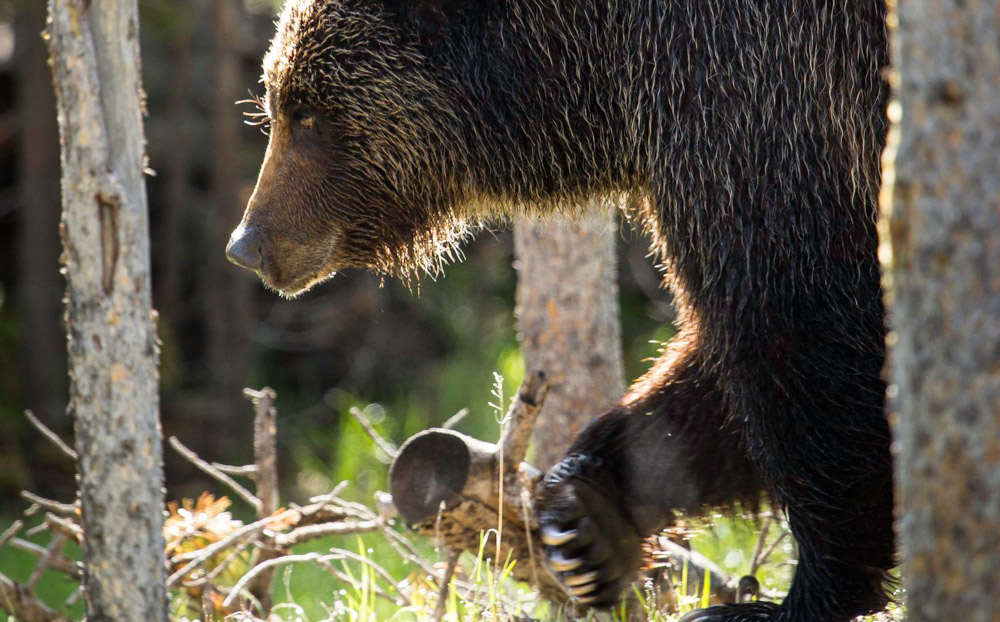7/17/2023 update:
This year, Montana Fish, Wildlife & Parks confirmed grizzly bear sightings in several places where grizzlies haven’t been seen in recent years, and in some cases more than a century.
Grizzly bear numbers and range continue to expand, particularly in areas between the Northern Continental Divide and the Great Yellowstone ecosystems.
Over the last couple of months, FWP staff have confirmed grizzly bear sightings in the North Hills and Grizzly Gulch areas near Helena, the Elkhorn Mountains near Clancy, near Ulm, in the Pryor Mountains southeast of Billings, the Shields Valley, Little Belt Mountains, near the Judith River east of Denton, and on the lower Dearborn River.
—–
Below is a news release from Montana Fish, Wildlife & Parks.
A grizzly bear was recently observed in the Pryor Mountains. State wildlife officials confirmed the species of the observed bear from a photograph taken of the animal. Though sightings of potential grizzly bears in the Pryor Mountains have been reported in recent years, this is the first confirmed sighting.
Historically, grizzly bears occupied most of Montana, including the Pryor Mountains, but likely have not inhabited these mountains since the late 1800s. Grizzly bears are federally protected under the Endangered Species Act in all lower 48 states. There is a healthy population of black bears in the Pryor Mountains.
Wildlife officials contacted area landowners to alert them to the observation and provide them with information on bear conflict prevention. Game cameras were installed in the area. Officials searched for additional bear sign, specifically hair for DNA testing to determine the grizzly bear’s origin.
Anyone recreating in the Pryor Mountains should follow these bear safety protocols:
- Carry bear spray and know how to use it.
- Stay alert and look for bear sign, especially where visibility is limited.
- Common bear sign to look for includes tracks, scat, diggings, torn up logs, carcasses, daybeds and overturned rocks.
- Avoid traveling at dawn, dusk, or night when bears are typically most active.
- Make human-associated noises, such as shouting and talking to alert bears of your presence.
- Travel in groups and keep members together.
- Never store food or other scented items in tents while camping.
- Avoid animal carcass sites.
Landowners in the Pryor Mountains should follow these bear safety protocols to avoid potential conflicts and attracting bears:
- Store garbage in certified bear-resistant bins or in secured buildings until the day of disposal.
- Protect livestock, such as goats and chickens, with an electric fence.
- Remove potential attractants or store in a secured
- Common attractants include pet and livestock feed, barbecue grills, bird feeders, fruit from fruit-bearing trees, compost.
(Photo credit: Montana Fish, Wildlife & Parks)
